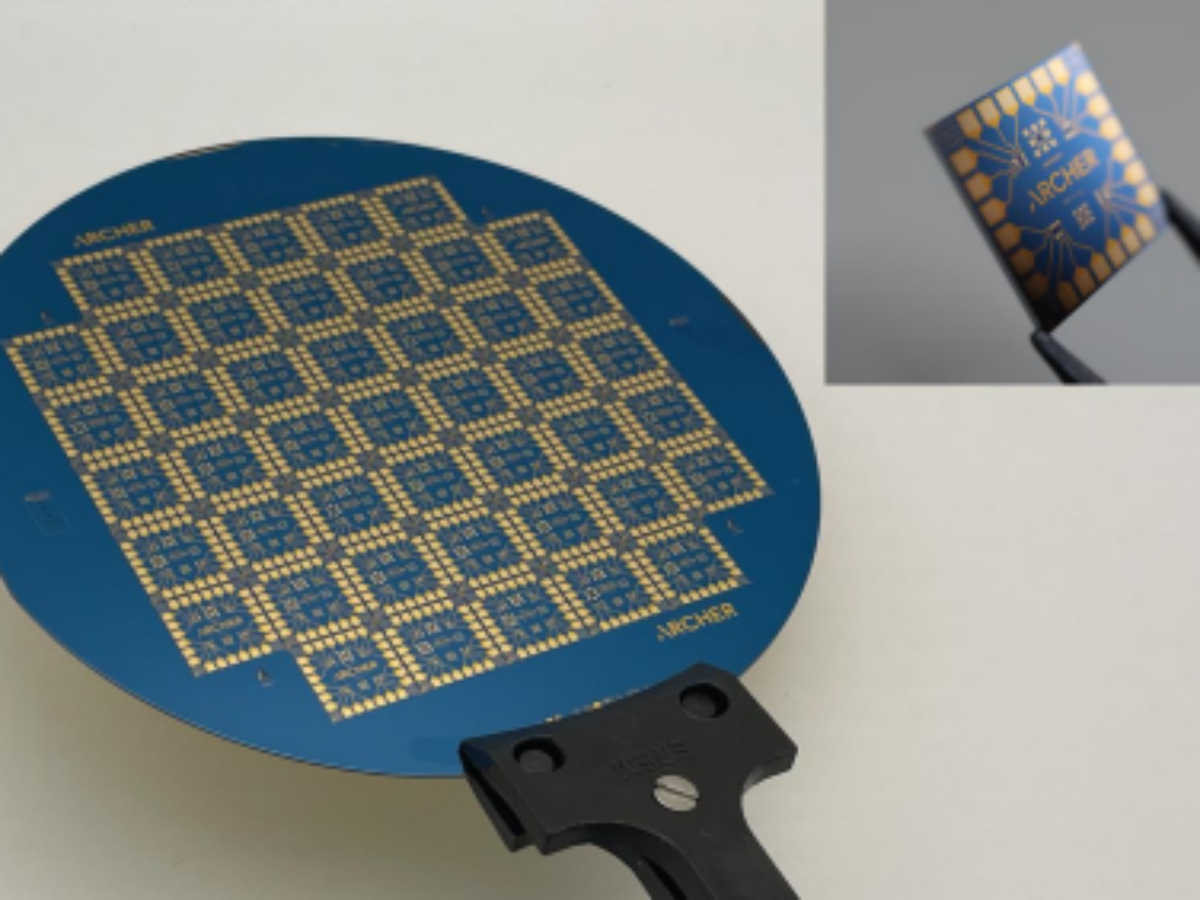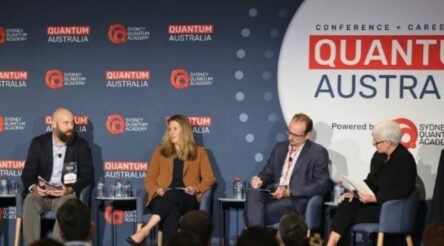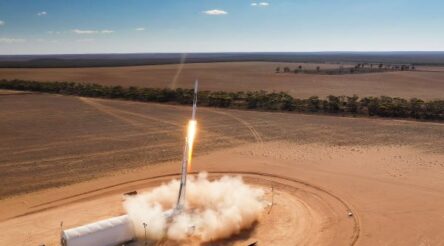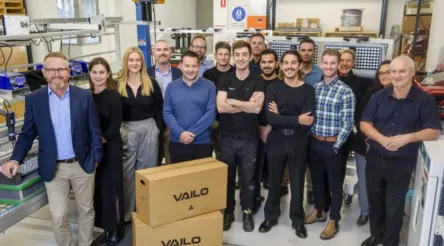Manufacturing news briefs — stories you might have missed

Archer’s biochip design validated by commercial foundry partner
Fabless semiconductor company Archer Materials has had its advanced graphene field effect transistor (gFET) chip design validated by an unnamed commercial foundry partner in the Netherlands with a whole four-inch wafer run. The new gFET device designs have been fabricated and the foundry process was successful, according to a statement from the company on Thursday. The electronic and spectroscopic characteristics of the gFET chips, and the foundry fabrication process yield, were consistent with expectations, and the chips compatible with Archer’s biochip system platform. Archer CEO Dr Mohammad Choucair said it represented both a key technology development and commercial milestone. “The whole wafer fabrication of the gFET device design is a significant step towards industrial production,” added Choucair. “Archer is continuing to strengthen its relationships with global foundry partners to deliver these chips using a streamlined ‘fabless’ commercialisation model.”
Bulli High School and UOW Makerspace partner on combat robotics challenge
A STEM partnership has taken root in the Illawarra, with a new collaboration between Bulli High School and the University of Wollongong’s (UOW) Makerspace on combat robotics. At the end of August, 21 students from Bulli, Keira and Kanahooka high schools had the opportunity to visit UOW Makerspace to design and construct combat robots for the upcoming Multiverse Challenge 23 competition, to be hosted at Bulli High School in December. Dr Jon Roberts, Lecturer in Fluid Mechanics at UOW, worked with Bulli HS to develop a one-of-a-kind robotics kit for the students and then facilitated the STEM challenge at UOW Makerspace. “It’s been a unique experience compared to traditional STEM kits, as we’ve used Arduino microcontroller development boards, which offer a versatile foundation for various electronics and robotics projects. In fact, you could build anything out of them,” said Roberts. “This Combat Robotics program effectively is a STEM program – it touches multiple subjects, it is entirely student driven and allows the students to be creative in its design,” said Nik Brankovic, Bulli High School teacher and one of the coordinators for this project.
Half of all Australian businesses will look offshore for suppliers and customers: survey
Fifty-one per cent of Australian businesses will look to source more suppliers and customers overseas within the next 12 months, according to the results of 202 SME business owners and decision-makers commissioned by Money Transfer Comparison. The study results are available here. One-third of respondents (33 per cent) indicated that they would choose an offshore supplier instead of a local one, and 18 per cent would seek customers or clients from overseas. “There are a number of benefits to outsourcing, such as saving on labour and supplier costs, entering less competitive markets and increasing a business’s customer base,” says Money Transfer Comparison spokesperson Russell Gous. Western Australian businesses were the most likely to source overseas resources and customers or clients (68 per cent), followed by Queensland businesses (60 per cent). Among SME segments, 60 per cent of medium-sized (20 – 200) businesses would look offshore, though only 25 per cent of micro-businesses (one – four employees) would.
Unemployment rate steady at 3.7 per cent
The unemployment rate was unchanged 3.7 per cent in August (seasonally adjusted), according to data released on Thursday by the Australian Bureau of Statistics (ABS). Bjorn Jarvis, ABS head of labour statistics, said: “with employment increasing by around 65,000 people and the number of unemployed only dropping slightly, by around 3,000 people, the unemployment rate remained at 3.7 per cent in August. The large increase in employment in August came after a small drop in July, around the school holiday period. Looking over the past two months, the average employment growth was around 32,000 people per month, which is similar to the average growth over the past year.” Monthly hours worked fell 0.5 per cent in August 2023 (following the increase of 0.2 per cent in July), while employment rose by 0.5 per cent.
ANSTO pair target recycled fuels for nuclear sustainability
Two early career nuclear scientists, who received international scholarships to spend time in the Nuclear Fuel Cycle group at ANSTO and in France, are making progress on their work to improve nuclear fuel, according to a statement from ANSTO. Anna Hautecouverture, a PhD candidate from CEA, received the 2022 AINSE ANSTO and the French Embassy Scholarship (SAAFE). She is investigating novel fuel fabrication pathways to recycle fuel, a major focus of research in the nuclear industry to improve its sustainability. Dr Tim Ablott, a nuclear chemist, who works in the Nuclear Fuel Cycle group at ANSTO, received a United Uranium Scholarship from the United Uranium Trust. Ablott’s research focuses on nuclear fuels, such as doped uranium oxide (UO2) and mixed oxide (MOX) fuels.
Picture: Archer’s gFET chip diced from the whole four-inch wafer (supplied)
@aumanufacturing Sections
Analysis and Commentary Awards Defence Manufacturing News Podcast Technology Videos










